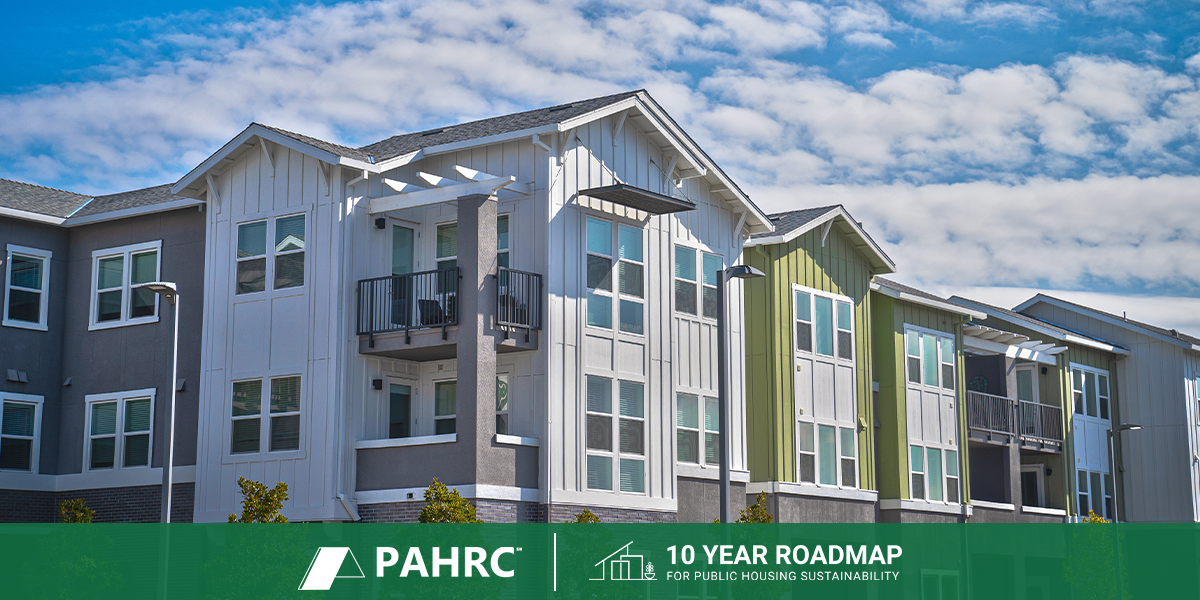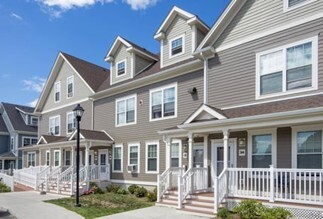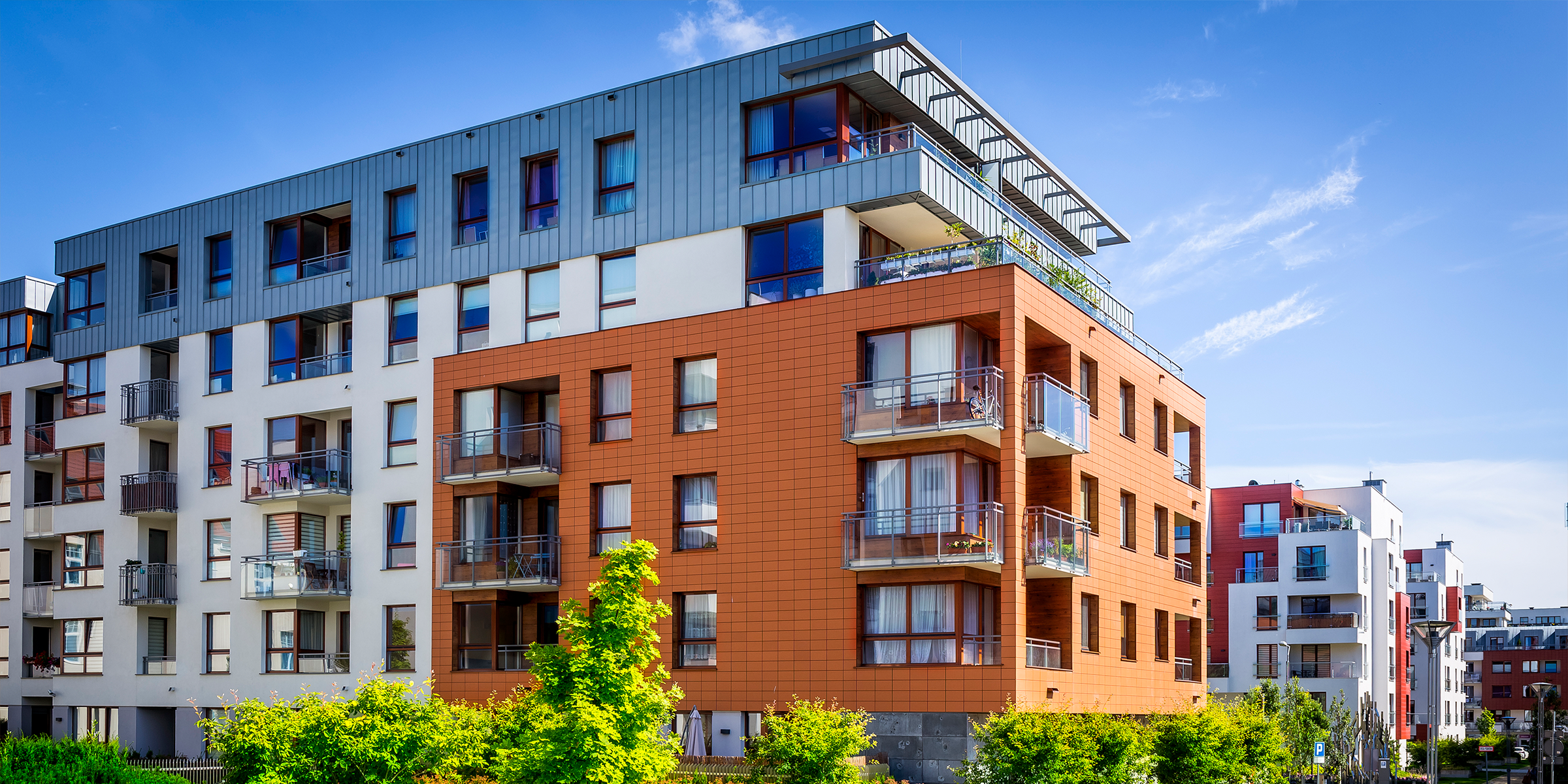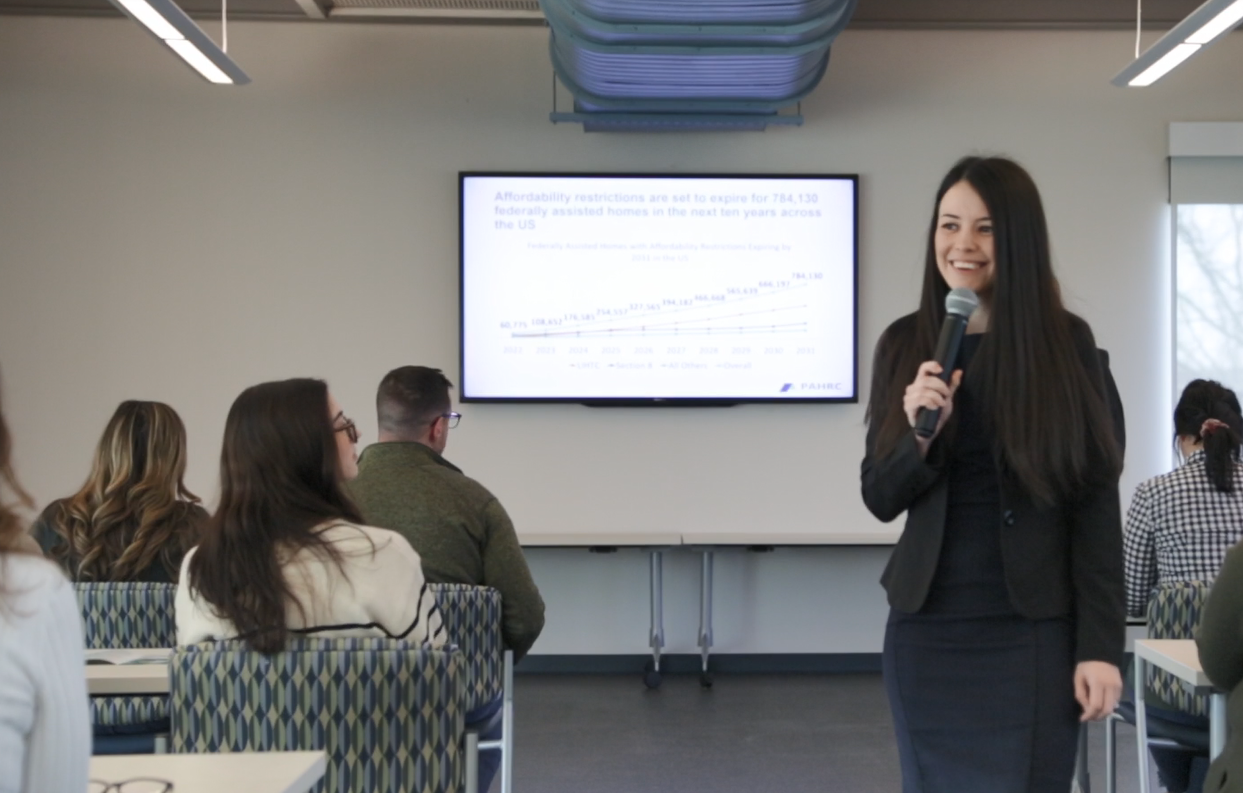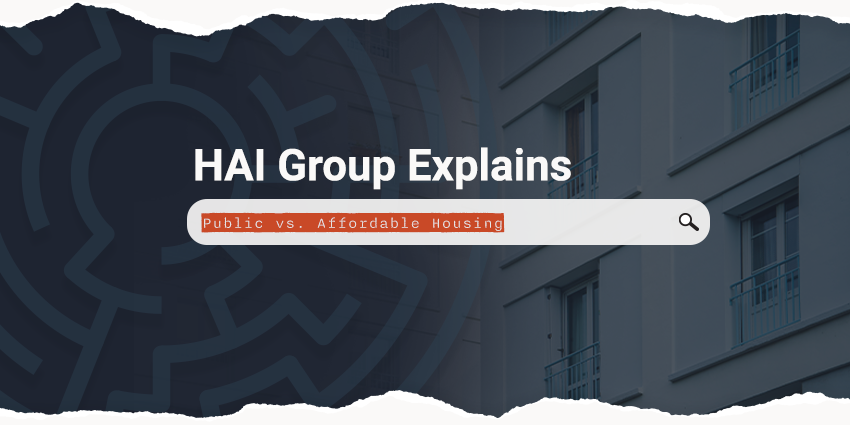Public housing is the nation’s oldest affordable rental housing program. This essential program serves more than 1.5 million people from the lowest-income families nationwide, helping older adults age in place, people with disabilities live with independence, and working families to get back on their feet.
Yet, many of these homes are at risk: 28% of public housing units are 60 years old or older, and decades of underfunding have led to critical repair backlogs. Recent research estimates that it would cost $169.1 billion to preserve public housing across the country.
Despite these challenges, housing authorities are proving that preserving public housing is possible. Across the nation, public housing authorities (PHAs) are leveraging new funding sources, forming creative partnerships, and reimagining older properties to ensure that public housing remains a stable foundation for families for future generations.
This resource showcases success stories that demonstrate the path forward, and how agencies of all sizes are using federal tools, local resources, and innovative financing strategies to preserve and modernize public housing communities.
Park Holm (Newport, RI)
The Housing Authority of the City of Newport (HACN) is nearing completion of preserving all 262 public housing units at Park Holm using HUD’s mixed-financing tools. Originally built in the 1940s, Park Holm fell into disrepair as the building aged. HACN has been preserving the property across five phases by demolishing outdated structures through HUD’s Section 18 program and replacing them with new, high-quality affordable homes.
Each phase combines diverse funding sources, including a tax-exempt construction loan, the HOME Investment Partnerships Program, a Capital Magnet Fund Loan, the Housing Trust Fund, Low-Income Housing Tax Credits (LIHTC), and project-based vouchers (PBVs). In addition to the physical transformation, HACN partnered with community-based organizations and the City of Newport to implement an economic development plan that expands residents' opportunities.
|
Park Holm |
The renovation was made possible due to the following tools:
|
The Banks at Mill Village (Columbus, GA)
The Housing Authority of Columbus recently opened The Banks at Mill Village, a new mixed-income property that replaces the former Louis T. Chase Homes, originally built in 1952. After demolishing the 108 aging public housing units through the Section 18 program, the agency used a combination of public and private financing to rebuild the site into a thriving, mixed-income community.
Key partners included MercyMed, Columbia Residential, the City of Columbus, The Mill District, the Georgia Department of Community Affairs, RBC Investments, Bank OZK, and Sugar Creek Capital. A standout feature of the redevelopment is the new MercyMed Health Clinic, providing preventative health services for residents and the broader community, showcasing how preservation can also enhance neighborhood health and connectivity.
The renovation was made possible due to the following tools:
- Section 18 Demolition/Disposition
- Project-based vouchers
- LIHTC program
- Moving to Work funds
- Funding from the City of Columbus, GA
- Private loan
- Deferred developer fees
John McGraw Court & Silver Sage Court (Sparks, NV)
To ensure continued affordability and extend the useful life of its portfolio, the Reno Housing Authority completed substantial renovations to John McGraw Court and Silver Sage Court, preserving 50 public housing units. Renovations modernized the plumbing, mechanical systems, bathrooms, and kitchen fixtures, improved accessibility, enhanced energy efficiency, and created welcoming outdoor spaces for residents.
The renovation was made possible due to the following tools:
- Nevada Housing Home Means Initiative
- Public Housing Capital Grant
- HOME Investment Partnerships Program
Churchill Park Apartments (Owensboro, KY)
The Housing Authority of Owensboro (HAO) recently renovated 248 former public housing units at Rolling Heights, which is now Churchill Park Apartments. To preserve the property, HAO repositioned it to project-based vouchers through the Rental Assistance Demonstration (RAD) program and acquired funding through the LIHTC program to cover redevelopment expenses.
Built in 1954, the property now features new flooring, cabinets, plumbing, windows, ventilation, and accessibility improvements. These upgrades ensure the community continues to provide a safe, affordable home for more than 600 residents.
The renovation was made possible due to the following tools:
- RAD/Section 18 Blend
- Low-Income Housing Tax Credits
Woodhill Station West (Cleveland, OH)
Cuyahoga Metropolitan Housing Authority (CMHA) recently celebrated the grand opening of Woodhill Station West, the first phase in a six-phase effort to replace one of the country’s oldest public housing properties. The original Woodhill property had not undergone a major renovation since opening in 1940. The redevelopment brings 120 new modern, mixed-income apartments to Cleveland residents and integrates new streets, sidewalks, on-site social services, and access to public transit, demonstrating how preservation can drive broader neighborhood revitalization.
The renovation was made possible due to the following tools:
- Choice Neighborhoods Implementation Grant
- Rental Assistance Demonstration
- Low Income Housing Tax Credits (Federal and State)
- HOME Investment Partnerships Program
- Ohio Housing Development Assistance Programs (HDAP)
- Private loan
PHAs preserving their public housing stock
Across the country, PHAs are finding ways to extend the life of their public housing while improving the quality of life for residents and strengthening neighborhoods.
Recent public housing preservation successes include:
- Sun Valley (Denver, CO)
- Courtyard at Riverview (Philadelphia, PA)
- Vanguard Apartments (Durham, NC)
- Willow at Ridgeway (Yonkers, NY)
- Whitewater Village (Phenix City, AL)
- Poindexter Village (Columbus, OH)
- Yester Terrace (Seattle, WA)
And many more are underway, including:
The path forward: Unlocking the potential to preserve public housing
These success stories show that preserving public housing is achievable with the right tools, resources, partnerships, and long-term planning. By combining flexibilities through programs like RAD with state and local programs, tax credits, and private investment, housing authorities are creating sustainable models to preserve public housing.
However, more resources and support are needed to expand the capacity of PHAs to preserve their entire public housing portfolio. To learn more about some new opportunities to help more PHAs achieve their preservation goals, visit the 10 Year Roadmap for Public Housing Sustainability’s Interim Report.
Interested in improving properties at your agency?
Access the following resources:
- Making Property Improvements? Here's How Your HAI Group Account Executive Can Help
- Navigating Reinvestment and Repositioning: A Guide for Public Housing Providers
This article is for general information only. HAI Group® makes no representation or warranty about the accuracy or applicability of this information for any particular use or circumstance. Your use of this information is at your own discretion and risk. HAI Group® and any author or contributor identified herein assume no responsibility for your use of this information. You should consult with your attorney or subject matter advisor before adopting any risk management strategy or policy.
HAI Group® is a marketing name used to refer to insurers, a producer, and related service providers affiliated through a common mission, management, and governance. Property-casualty insurance and related services are written or provided by Housing Authority Property Insurance, A Mutual Company; Housing Enterprise Insurance Company, Inc.; Housing Specialty Insurance Company, Inc.; Housing Investment Group, Inc.; and Housing Insurance Services (DBA Housing Insurance Agency Services in NY and MI).

